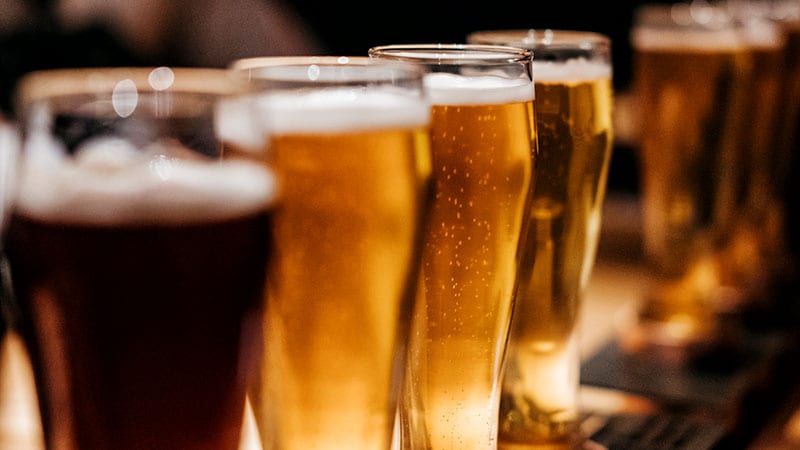Understanding how malt, brewing methods, and a beer’s glycaemic index (GI) affect the body is crucial for anyone monitoring blood sugar levels. Craft and specialty beers are becoming increasingly popular, but their effects on glucose levels are often overlooked. Even nonalcoholic beer, commonly considered a “healthier” choice, can carry hidden risks. A closer look at what is in the glass reveals the gap between perception and reality.
Alcohol and GI
Controlling blood glucose levels is essential for individuals with type 2 diabetes (T2D). Alcohol can affect glucose metabolism in several ways. It inhibits gluconeogenesis and the production of new glucose in the liver, which can lead to hypoglycaemia, particularly in patients taking glucose-lowering medications, such as insulin or secre

 Medscape
Medscape

 RadarOnline
RadarOnline The US Sun Health
The US Sun Health Colorado Springs Gazette
Colorado Springs Gazette KLCC
KLCC Essentiallysports Football
Essentiallysports Football KPLC
KPLC CBS News
CBS News The Telegraph
The Telegraph The Daily Bonnet
The Daily Bonnet